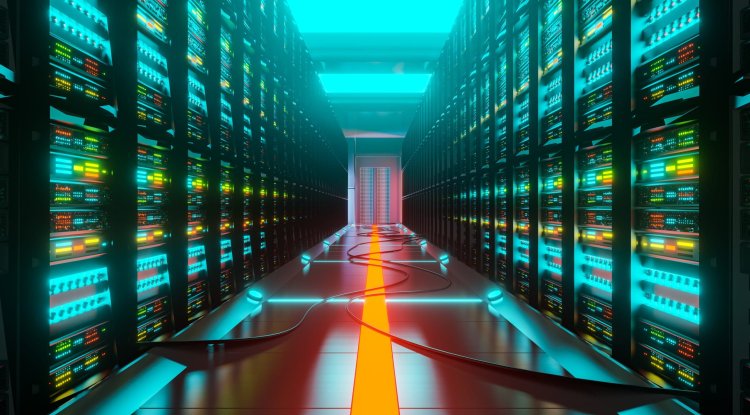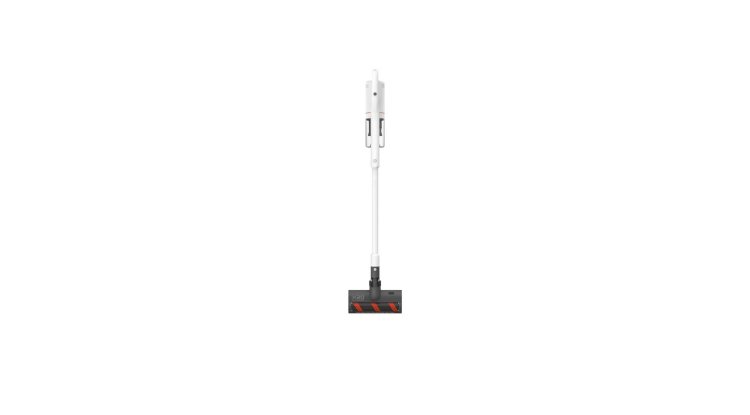What is a server and what types exist?

If you type “what is a server” into Google, you will get the answer that a server is a person or thing that serves. A slightly clearer answer will come if you read the text that follows more carefully: a server is a computer or computer program that manages a central resource or service in a network.
That is, of course, the original definition and everything starts from it. Below we will describe the server, mention what types of servers are, and how the server works and serves. Server in general
In the world of computers, a server is a computer or computer program that provides functionality for other programs or devices that we call clients. Thus, a server manages a resource or service that is accessed by a client computer on a network, VPN, or the Internet.
The server can provide different services to the client, depending on how it is configured, so today we have web servers, which are perhaps the most famous, further, it can be a file sharing server, email server, printer server, and others.
Today, the most used client-server architecture is based on the request-response model. This means that the client computer sends a specific request to the server, after which the server responds to that request, by some action, certain data, etc.
The main role of the server (client-server model) is data sharing, as well as network resources and resource management.
Among IT professionals and even fewer experts in the field of IT, the most well-known server configuration is the web server, which is another form of the client-server model. Web servers serve requests from a client computer, responding to them by accessing a specific web page, a shared file, or other available data. The complexity of the architecture is hard to conjure up, but it’s worth mentioning that millions of servers communicate on a daily basis and serve clients with resources around the world. Server types - email, web, File…
As we have already mentioned, there are several types of servers, if we look at their function, and the most famous and most used are: File server, Print server, Application server, DNS server, Mail server, Web server, Database server, Virtual server, Proxy server, Monitoring, and management server.
We will explain some of the mentioned servers, in order to better understand the operation of the server.
File server (file management server) is used to share files, online or over the Internet. The client computer accesses the content on the server, performs the necessary actions, and saves the changes to the server. In this way, central access to certain content is achieved, backup is facilitated, and the security of the content hosted on the server is increased. As needed, the File server is configured to serve as high-speed data access (read/write) as possible.
As the name suggests, the Print server manages printers (printers), and regulates access to client computers according to resources and services for printing documents. Instead of each workstation (client computer) having its own connected printer, one device (printer) installed on the Printer server can print client computer documents. This can significantly save space, make it easier to manage documents for printing, and reduce the total cost of printing documents.
An application server (application or program server) is used to run a specific application locally (on a server) that clients can access. This makes it easier to maintain the application, install the application, and at the same time reduce the cost of individual installation on client computers on the network. Client computers can work easier because the server application does not take up the resources of every computer on the network.
DNS servers (Domain Name Server) are application servers that provide the “service” of addressing other computers or devices on the network. The DNS server will assign a name to each computer or device on the network that has an assigned IP address on that network. In this way, every device of a network, or address on the Internet, is easier for a person to understand. Instead of remembering the IPv4 or IPv6 address of a device on the network, by assigning a logical name “name” to that device, one can more easily distinguish the components of a local network or device on the Internet. Each website has a specific external IP address (Web server address), which is passed on with the help of DNS in the form of a domain name for that address. We access the website by entering the domain name, not the IP address of that website.
Mail server or E-mail server is used to receive E-mail messages, save messages and send at the request of the user. E-mail messages are stored on the server, until the application client requests synchronization, ie downloading new messages from the server. The mail server is configured as needed, connected to the network and put into operation. That way we have one device that we keep safe, and that constantly receives, saves and sends emails. Client computers, mobile devices, and all other devices do not need advanced applications. Any client computer, or another device, can connect to the E-mail server, with access data, to receive/send E-mail messages.
Today, the most popular are Web servers, the most common and in fact unavoidable in the context of the Internet and browsing the Internet. WEB server is a type of application server that stores programs and data, which can serve users through the Internet infrastructure. Web servers serve clients through browsers, which are installed on client computers, in the form of a website, or an Internet service (video streaming, audio streaming, etc.). Today, we most often encounter web servers running Apache, Microsoft Internet Information Services and Nginx. There are many other applications, but these 3 mentioned applications dominate the world of web servers.
A database server is an important part of the network infrastructure of any major company that needs to process, record and have access to a large amount of data at a given time. Databases are most commonly used in medium and large enterprises, with many client computers, from which the database is accessed and data operations are performed. The database located on the server is easier to maintain, cancels the need for resources on client computers, and is stable in the sense that data is available to all client computers at all times. The need for disk space is reflected only in the hardware of the server itself, and not in the hardware of other computers in a company. The database is accessed by special applications, among which we can highlight Oracle, Microsoft SQL Server, DB2, MySQL, and others…
Virtual server - Virtual server is an increasingly popular type of server, and is gaining dominance, especially in the field of web servers. Unlike classic servers, where we have an OS installed on some hardware, a virtual server is determined by special software called a hypervisor. One Hypervisor can run hundreds, or thousands of virtual servers at once, on a single piece of hardware. The hypervisor can be defined as the hardware (virtual hardware) of a classic server. The virtual server uses virtual hardware, while Hypervisor will make corrections and allocate resources so that each virtual server runs smoothly.
There are many other types of servers, so let’s not describe each of them. We will also mention the Proxy server, which serves as a point between a client and a server. To protect yourself, or to remain anonymous on the Internet, we may use a proxy server. At the client’s request, the proxy server searches for the contents of a server on the web, and forwards it to the client. In this way, the client computer (user) has “protection” while accessing the source server. Server OS
If we write about the server as the Operating System, perhaps the best division is into Microsoft Windows Server (2003, 2008, 2012,…) and Linux server (Red Hat Enterprise Linus, CentOS, Fedora, Ubuntu,…).
The OS itself is not a condition for the computer to be a server. We have already mentioned all the roles of a server, so it is logical to conclude that a personal computer can take on the role of a server in a home network, or the network of a smaller company. However, when a problem is seriously approached, the server should be defined by hardware and software. Both of these conditions provide stability and security, which is especially important in the business world.
Microsoft Windows Servers have a large share in the world of servers, but a significant part of the server “runs” on a Linux distribution. The most famous Linux server is RHEL, which is a commercial OS, while its “weaker” free version is CentOS. Server Hardware
Server hardware is also different from PC hardware. Both for performance and for reliable and long-lasting operation, the servers have specially designed hardware. Therefore, they are significantly more expensive, but in the business world, they are certainly cost-effective pieces of equipment. The major differences between a server and a personal computer are:
- The server is primarily designed to work in server rooms
- They are designed to work non-stop 24/7, even in the event that a part fails. Servers use redundant components (two power supplies, RAID array hard drive, two network cards)
- The servers have a specially designed cooling system
- As a rule, electronic components and other components are of better quality than the components we use in the manufacture of personal computers. As a result, servers are much more expensive than personal computers
- On the motherboard in the server, we have significantly more memory slots, CPU slots than is the case with motherboards used in personal computers
- Servers do not need graphics or sound cards, so they usually do not have them in the configuration. Unlike the north, with a personal computer, these two components are a must-have





































